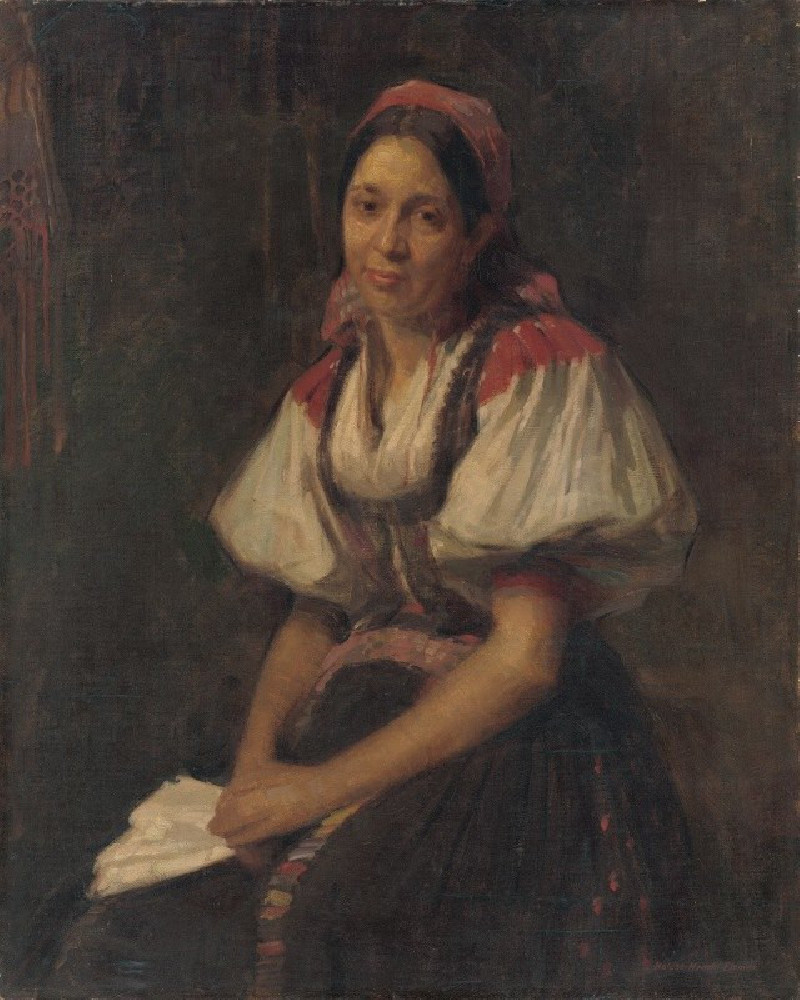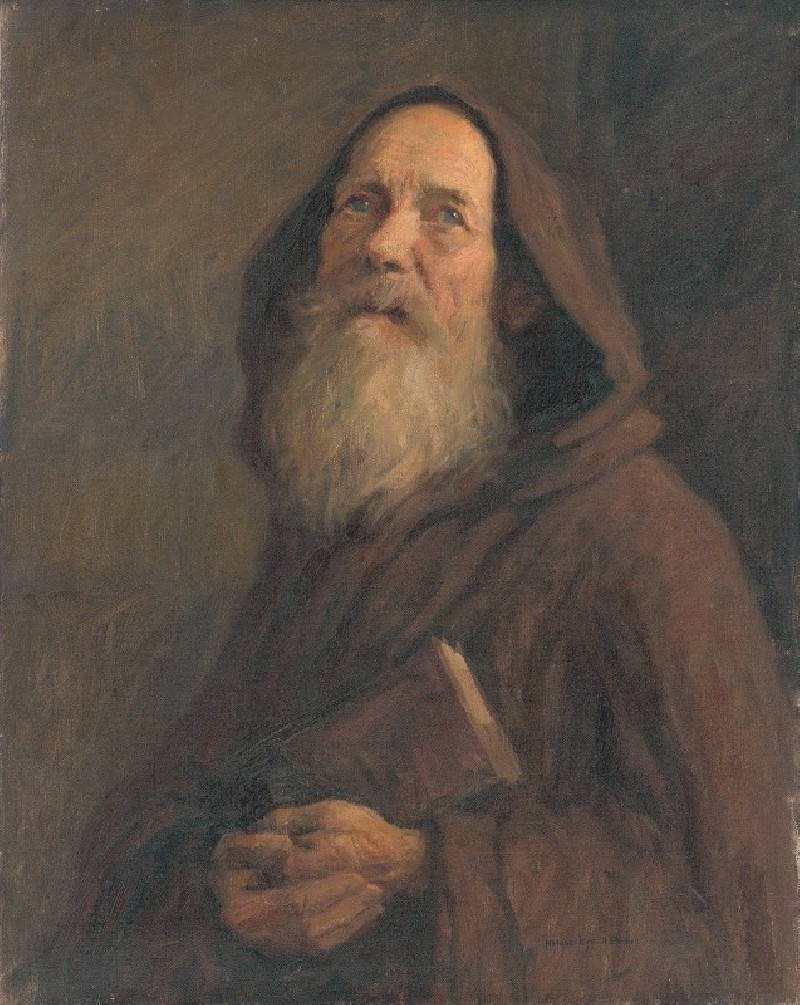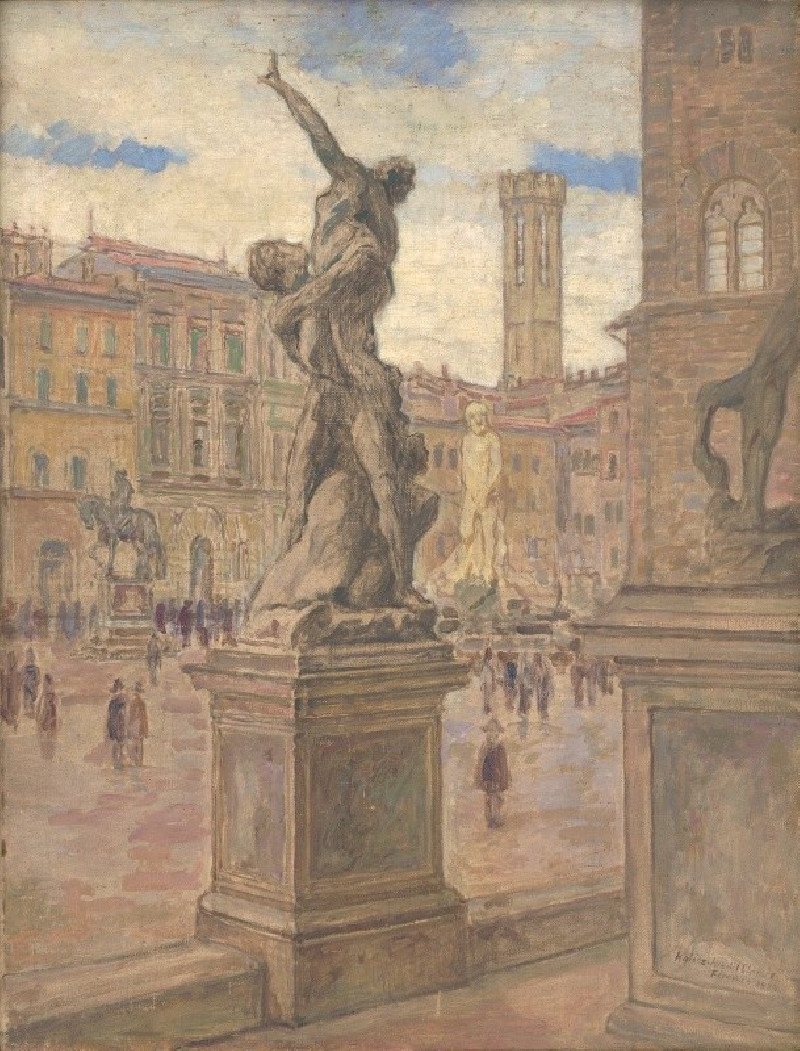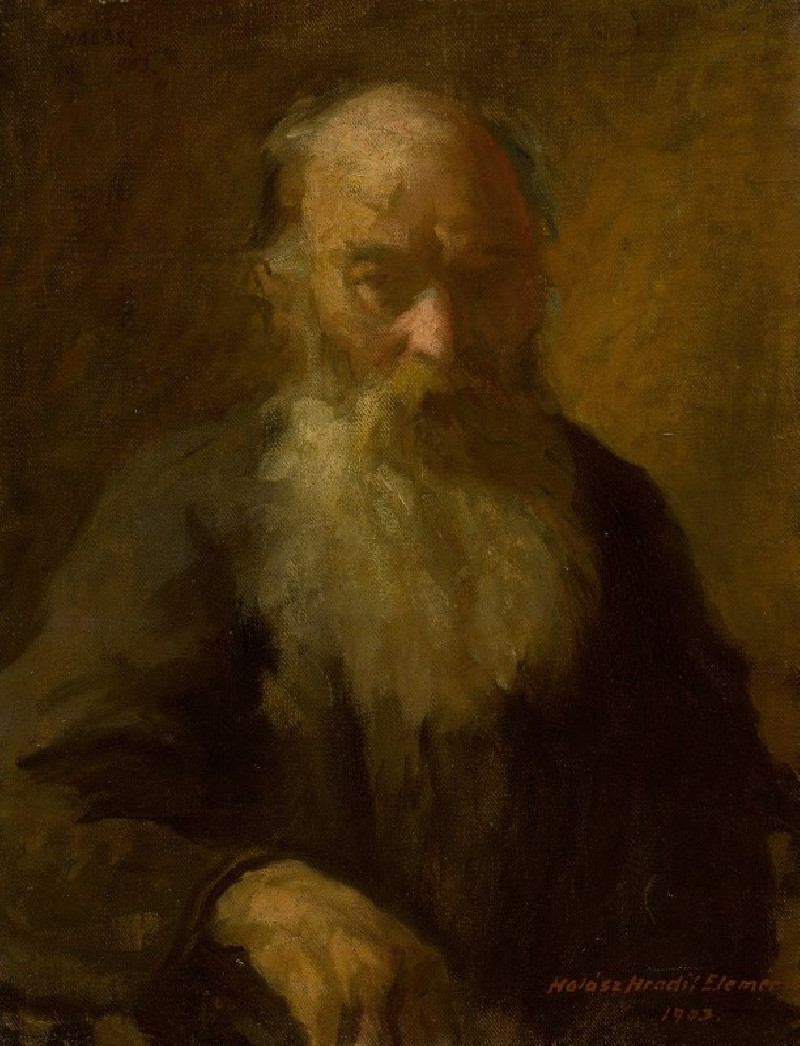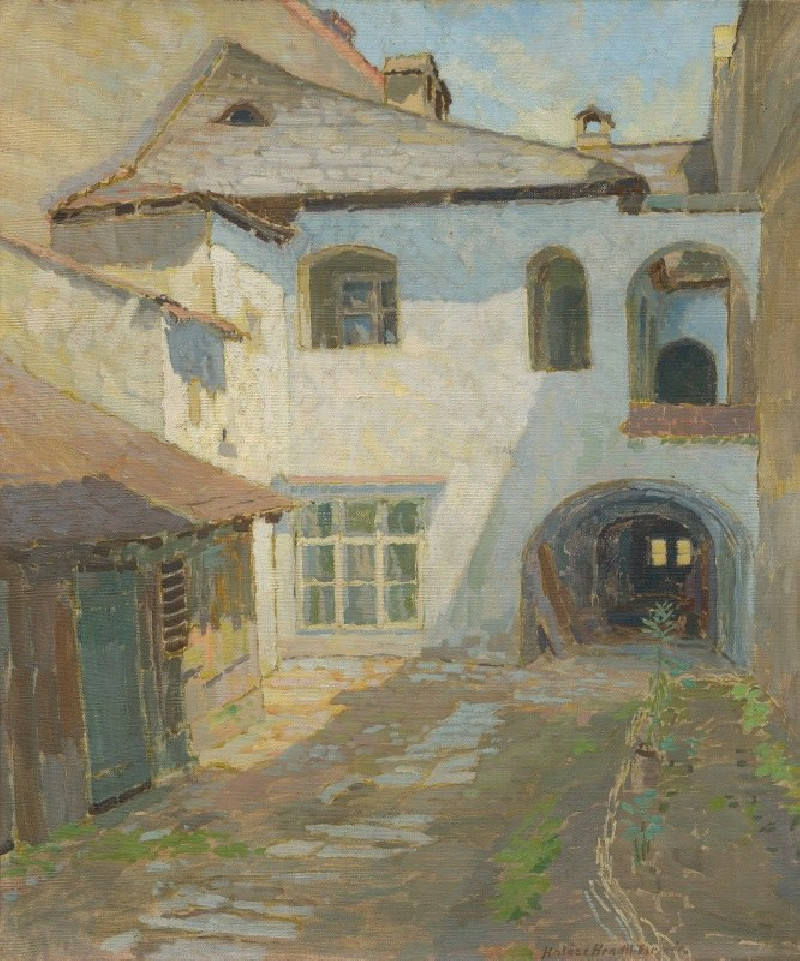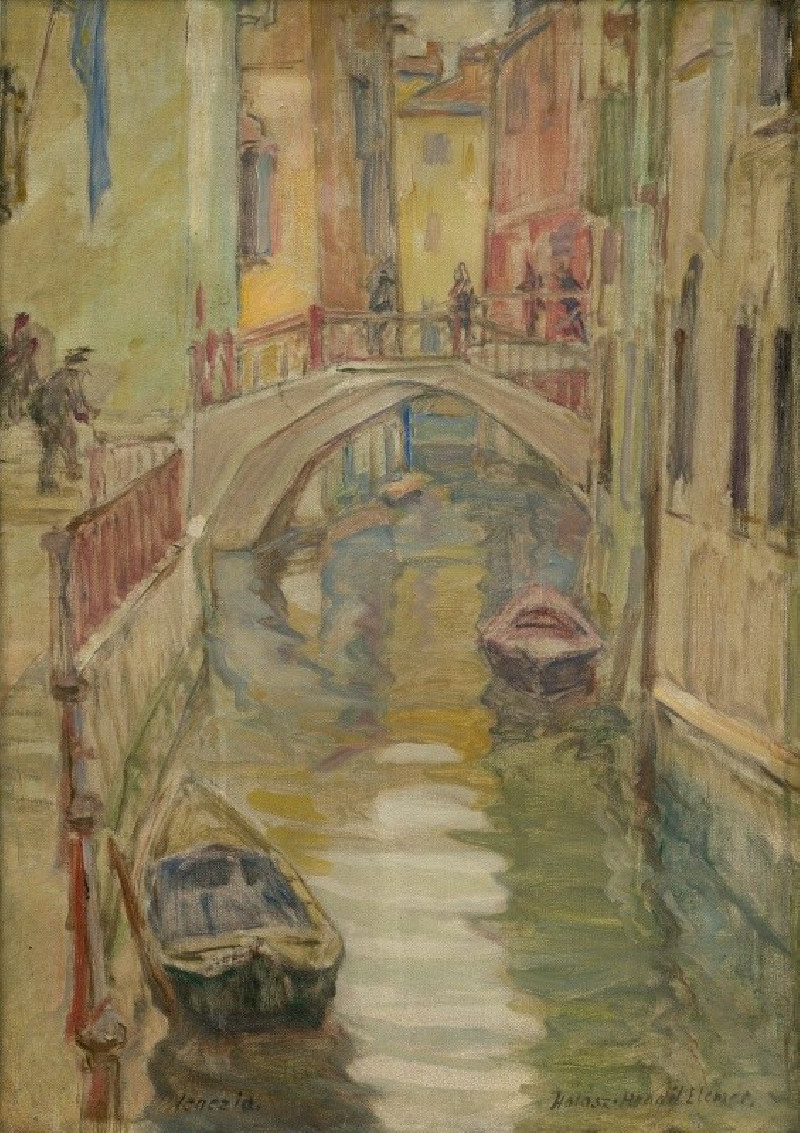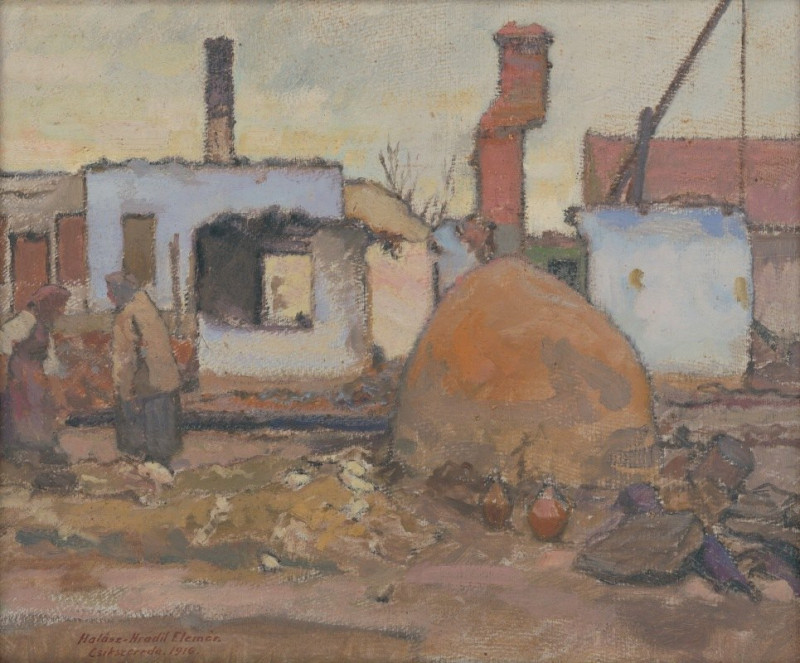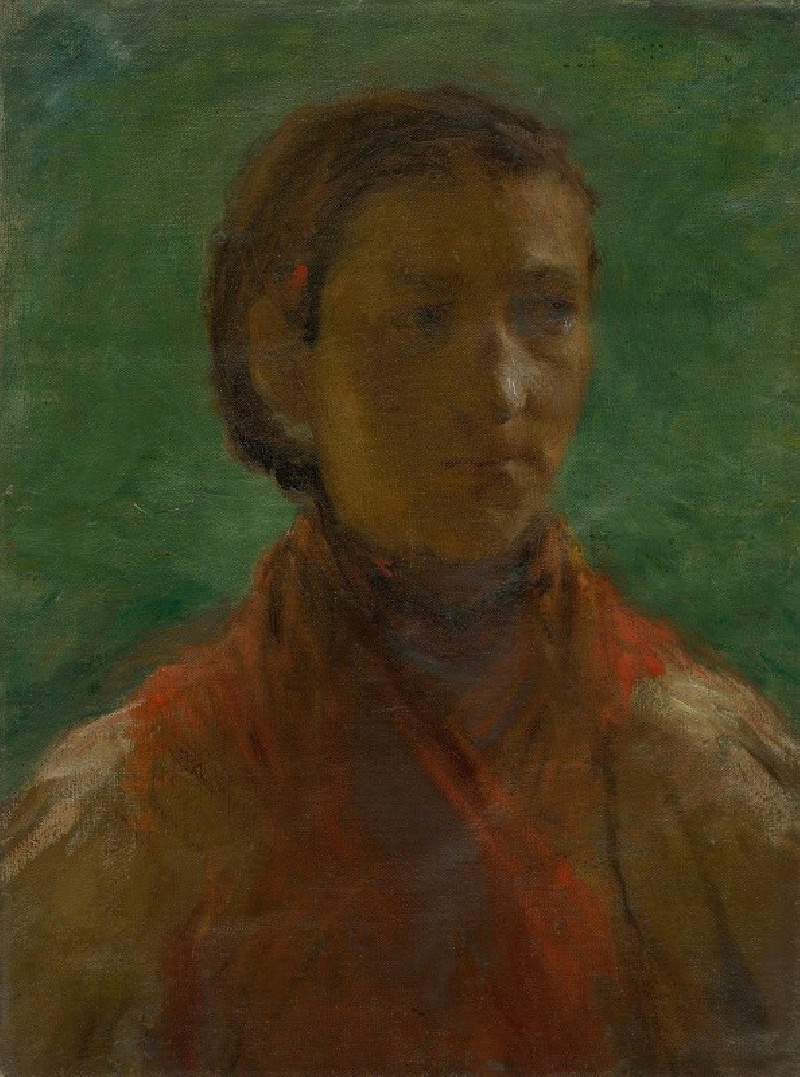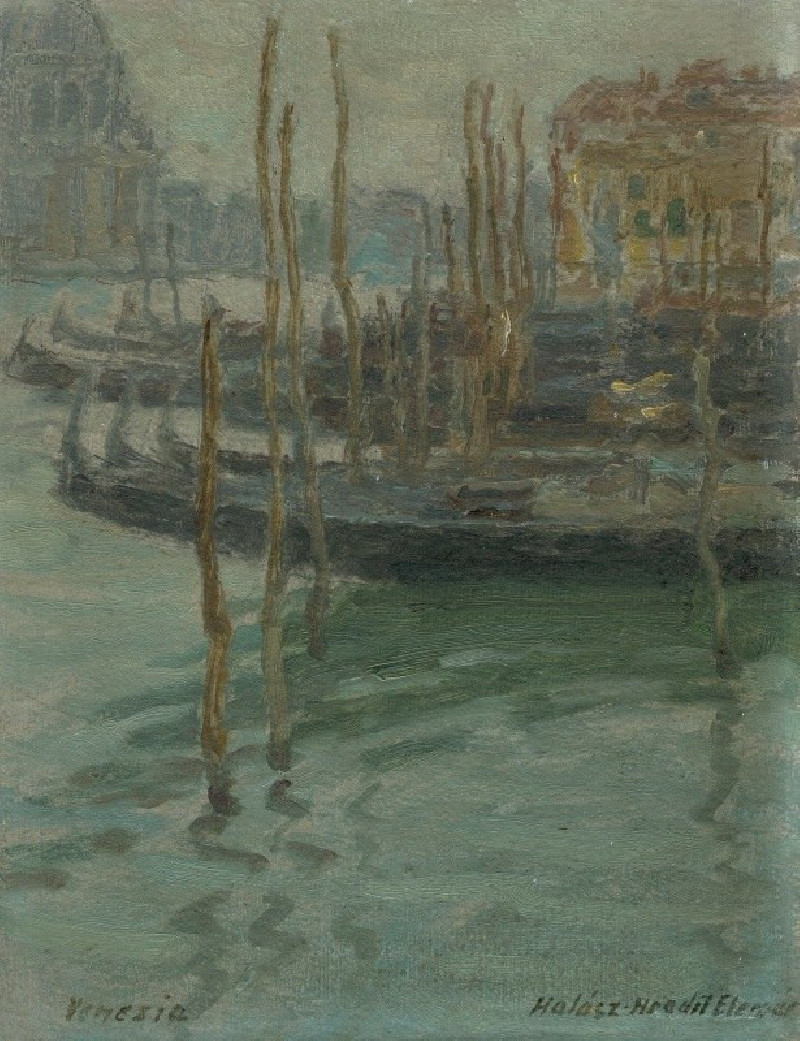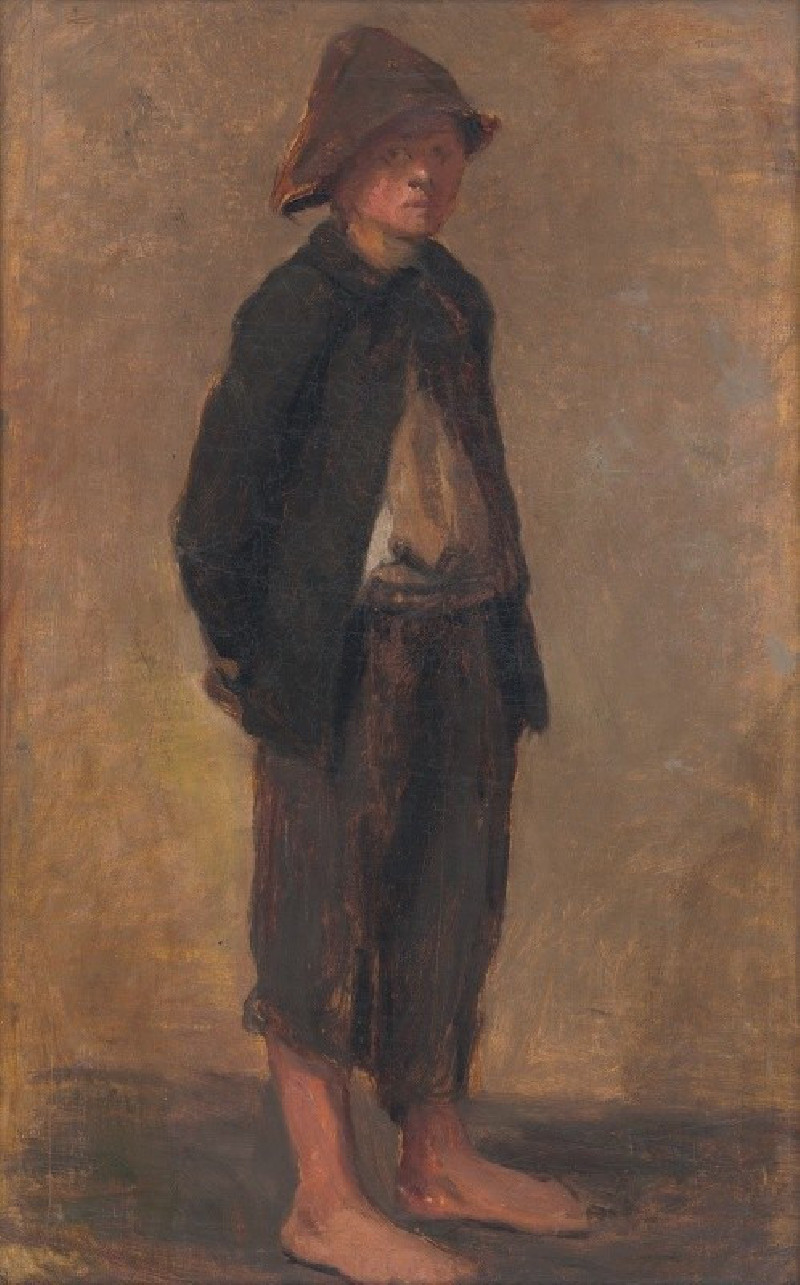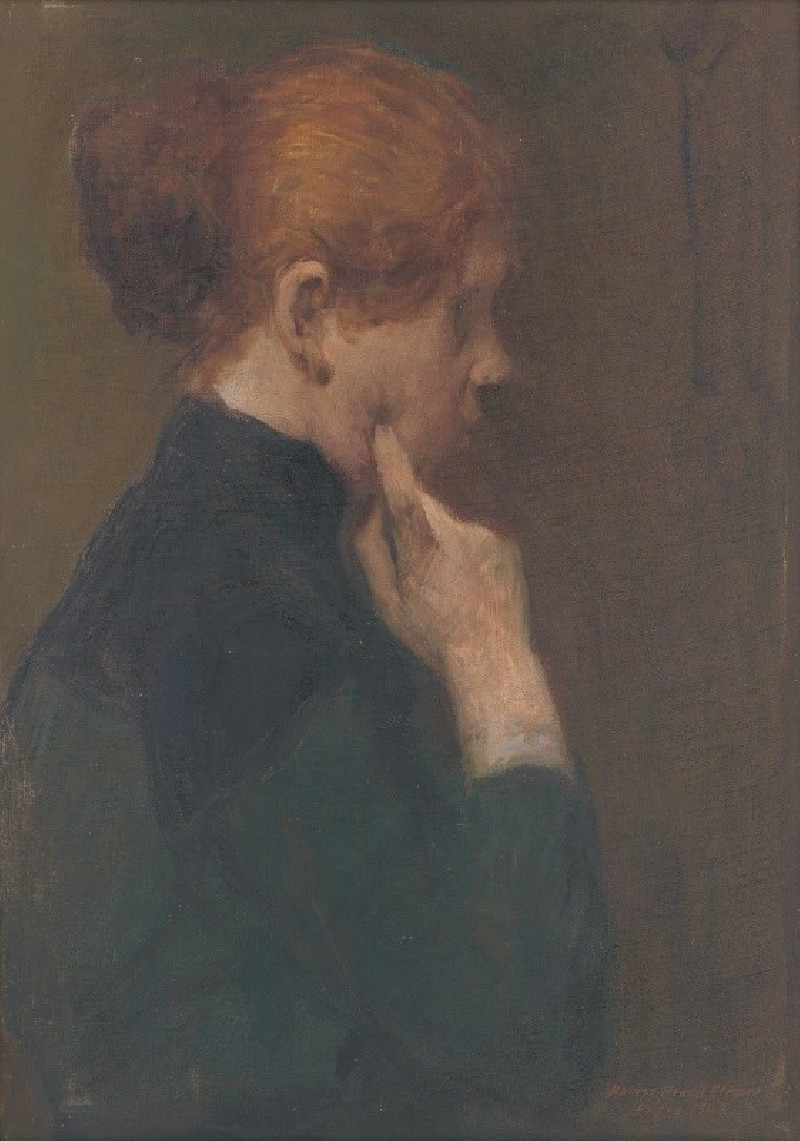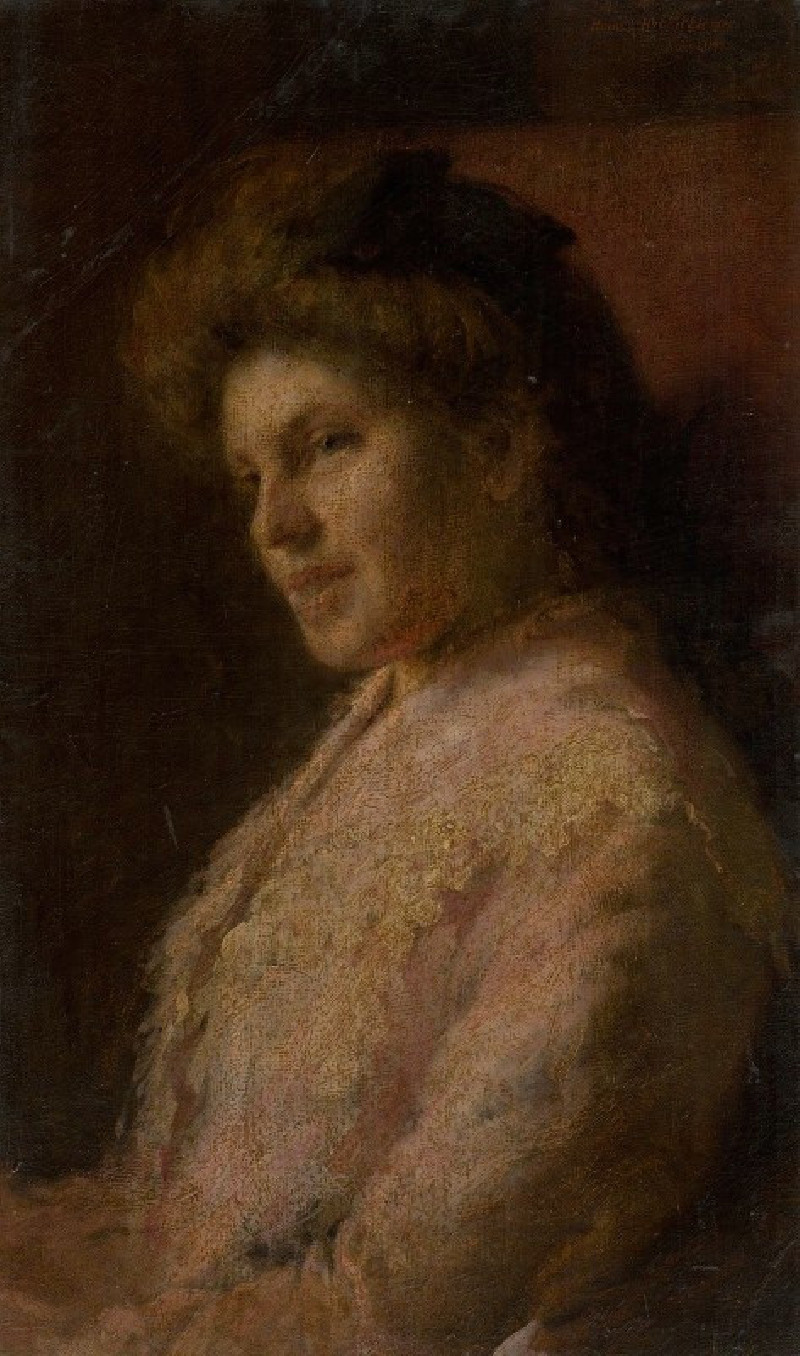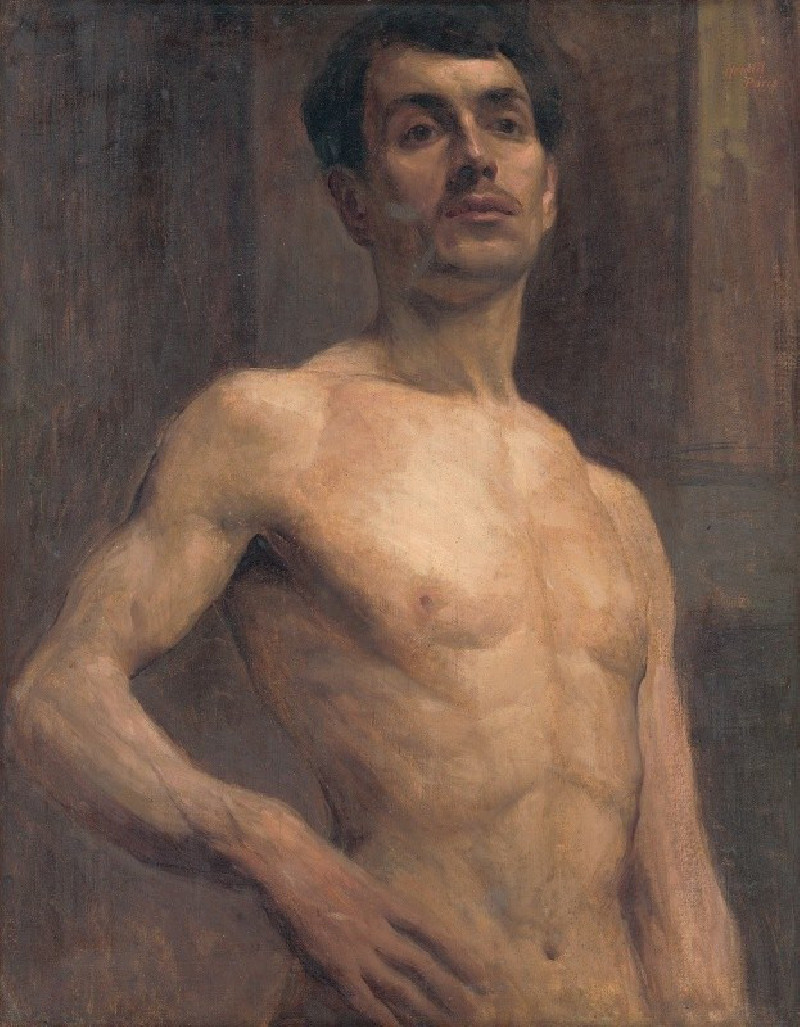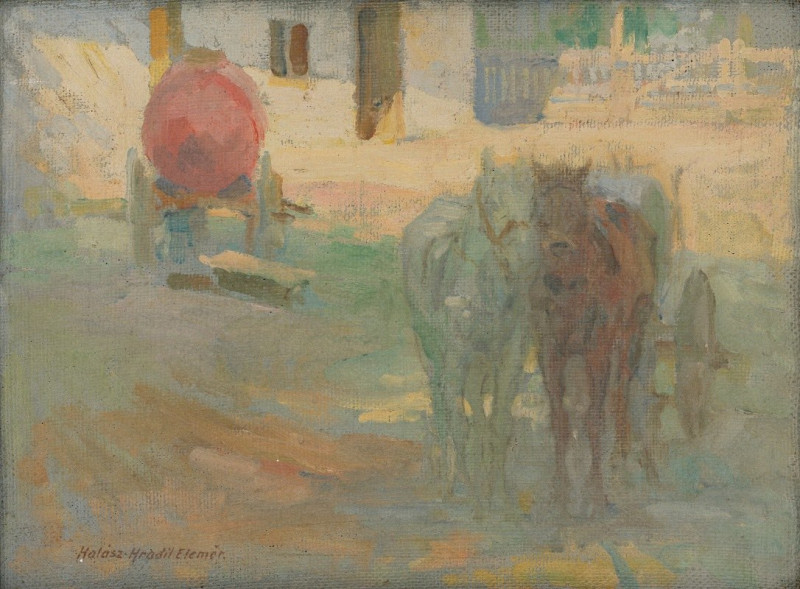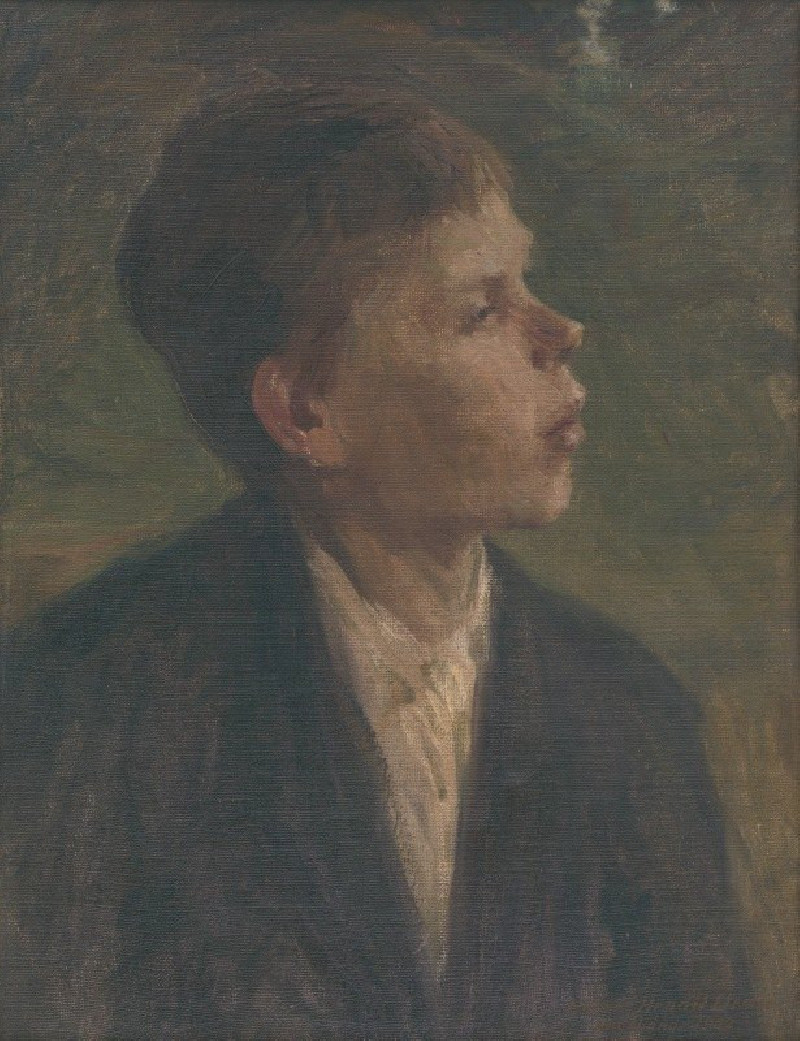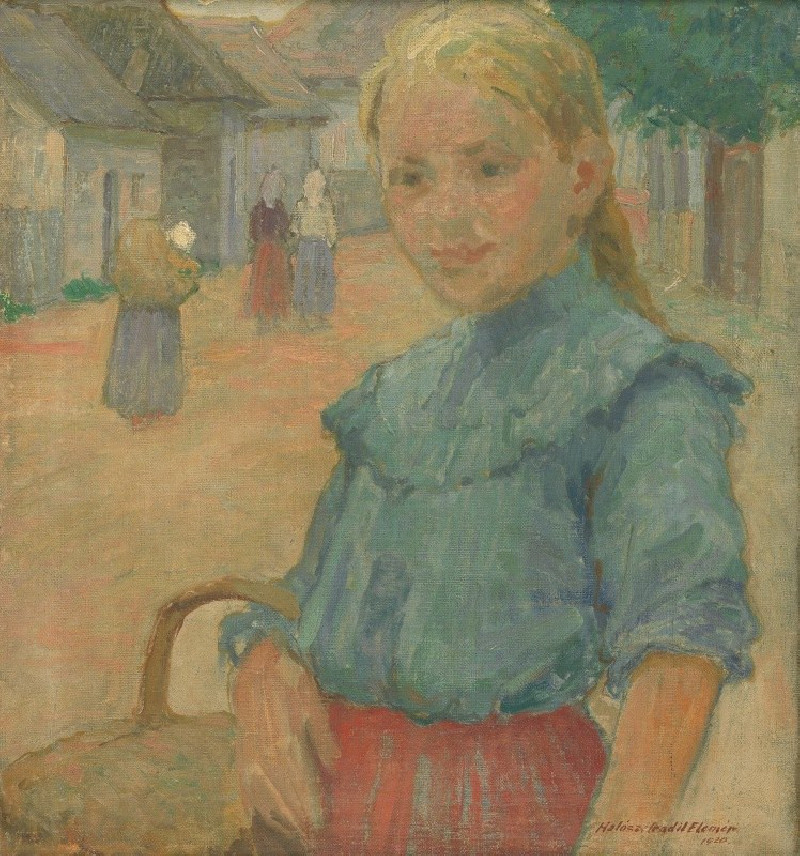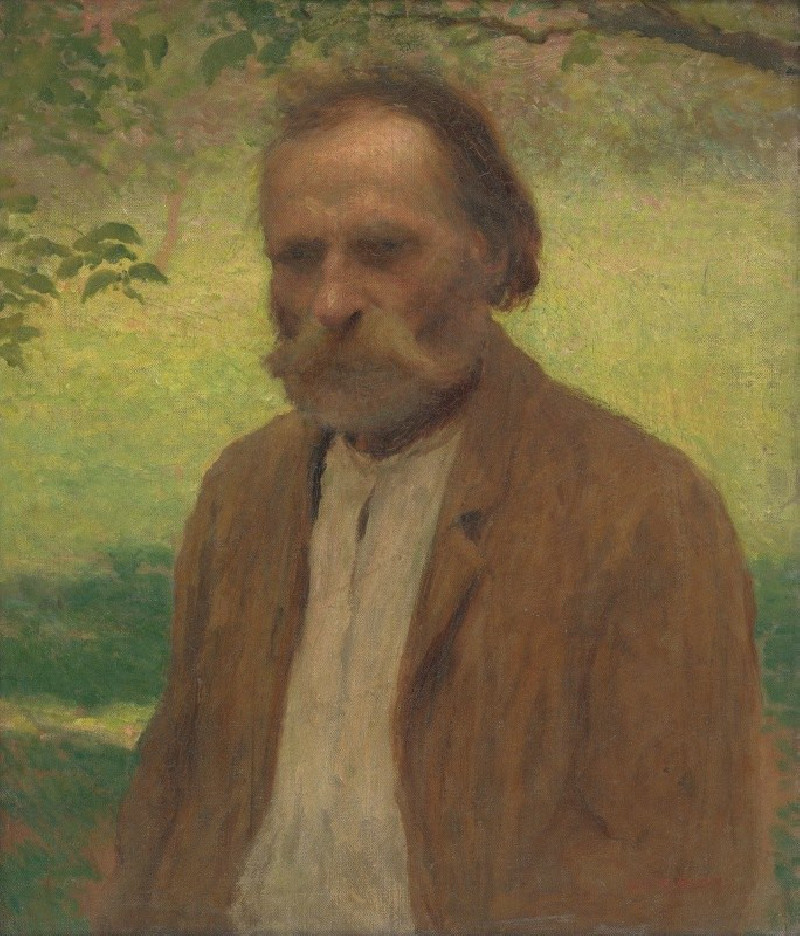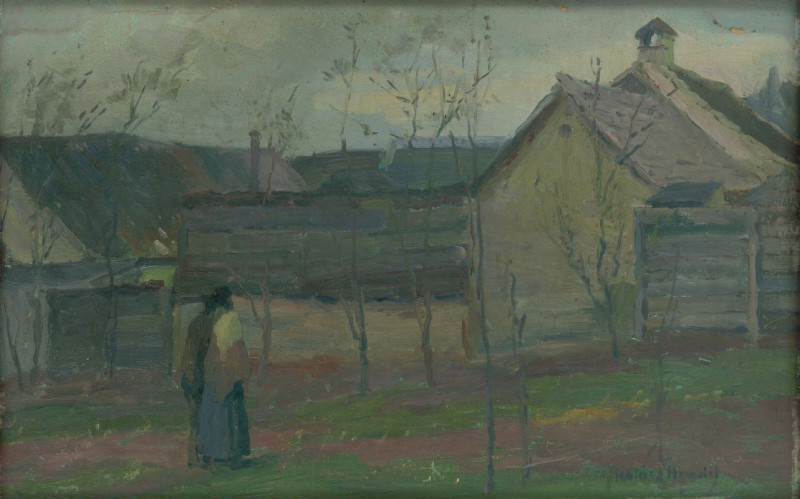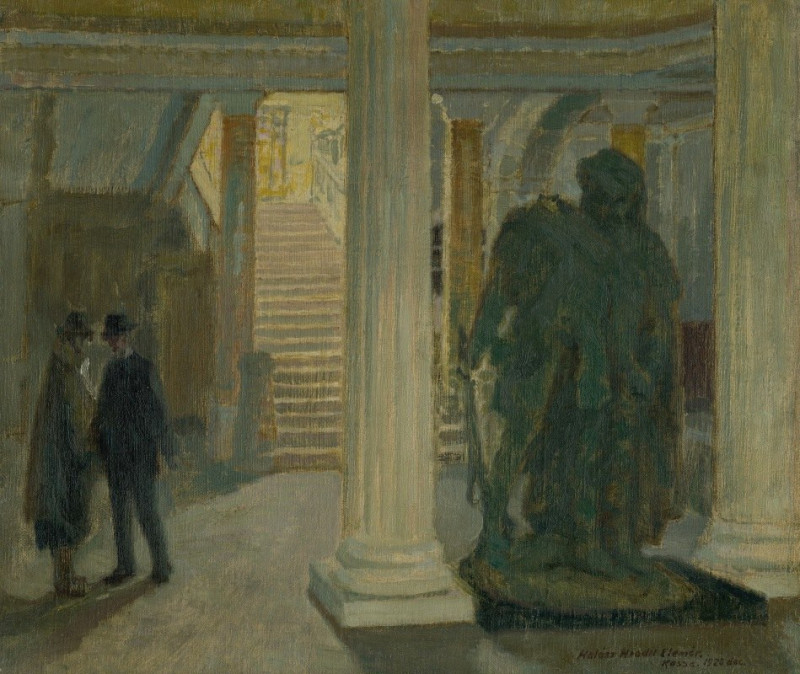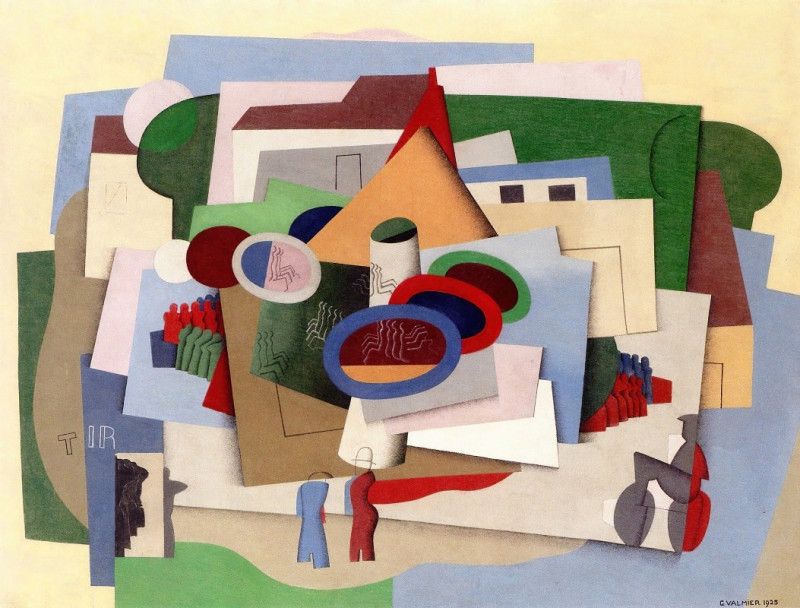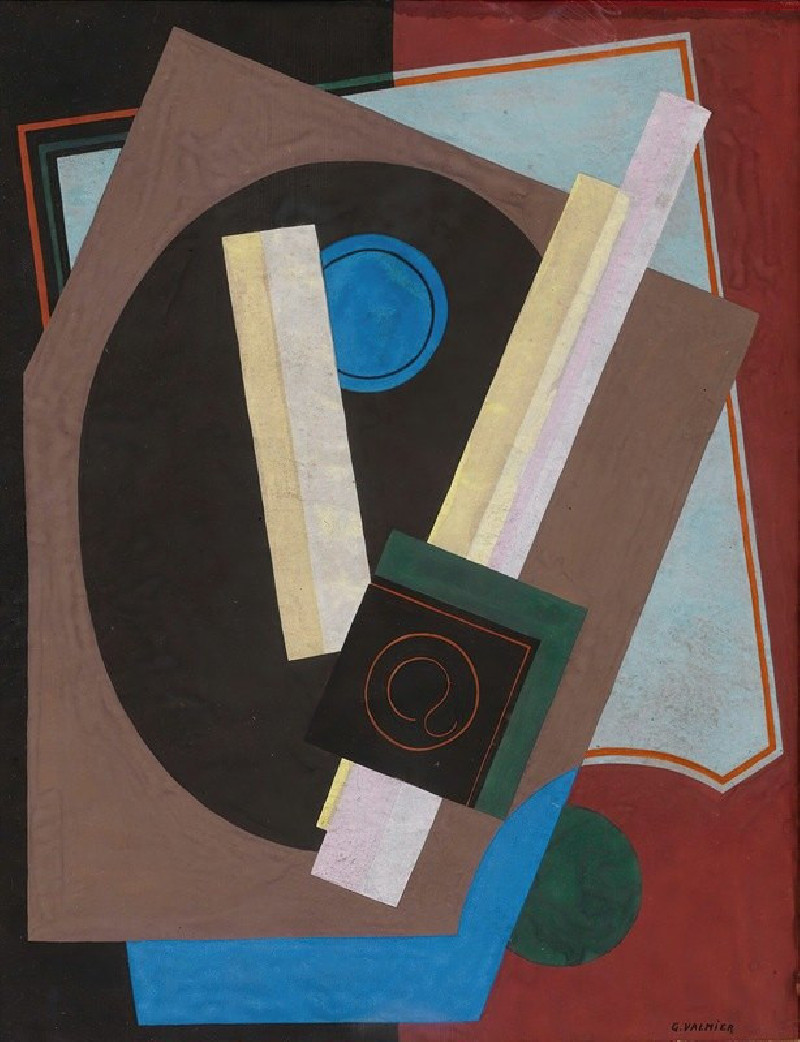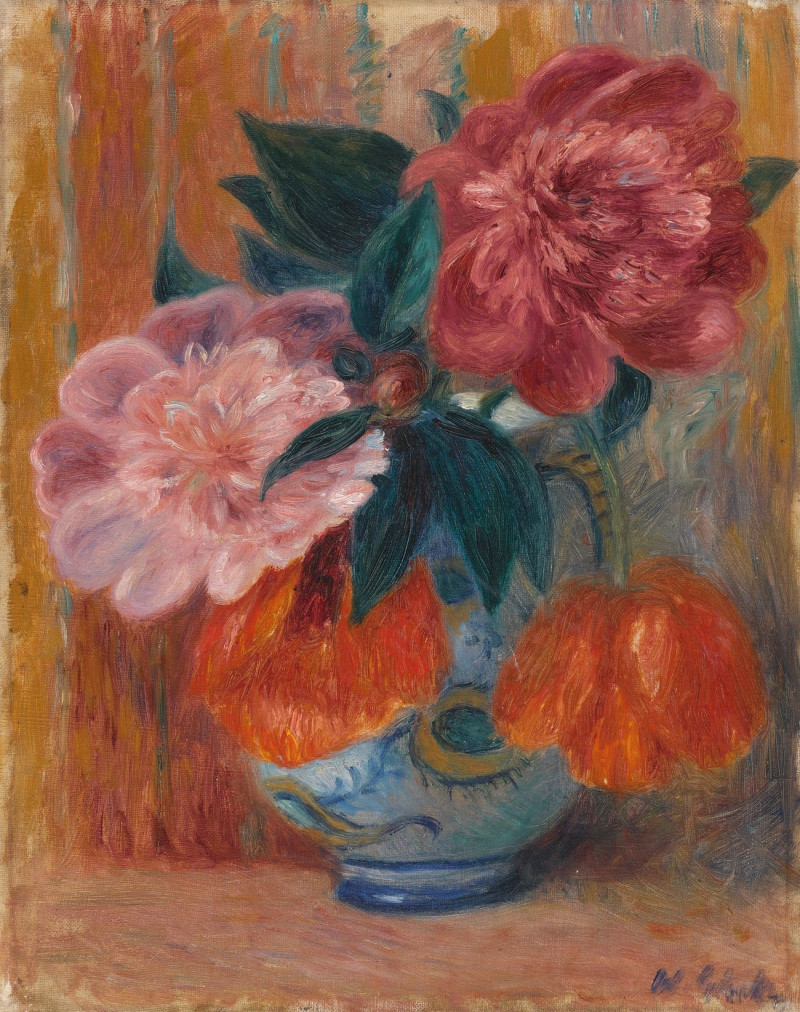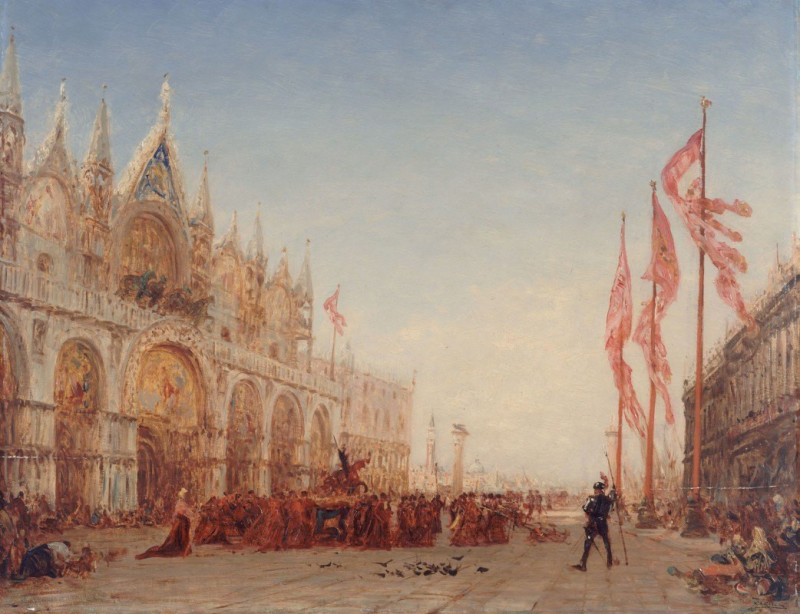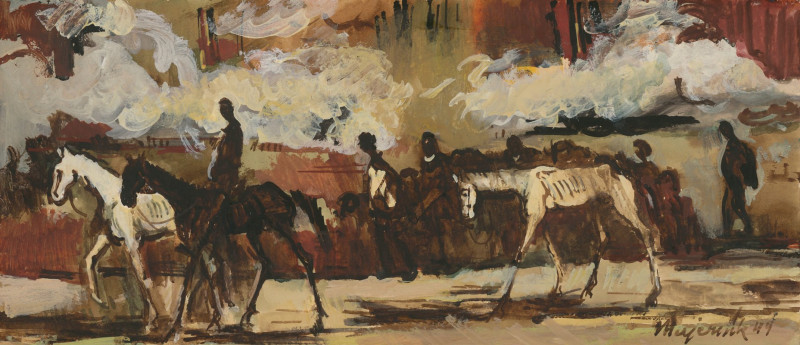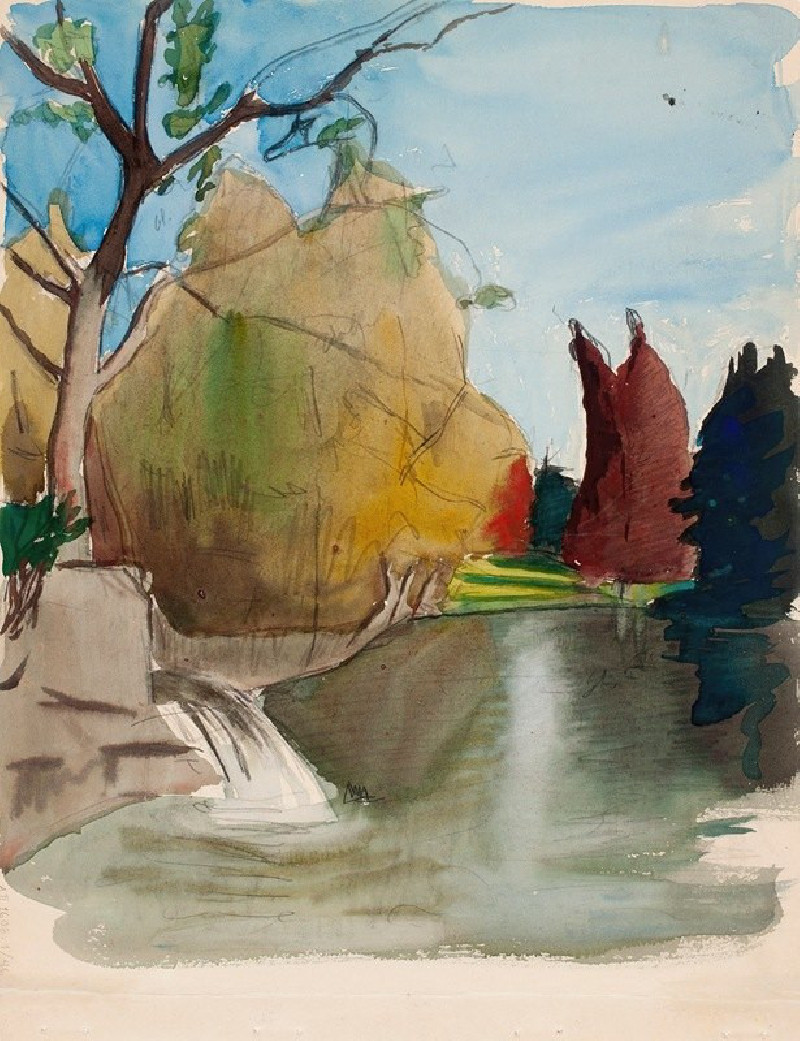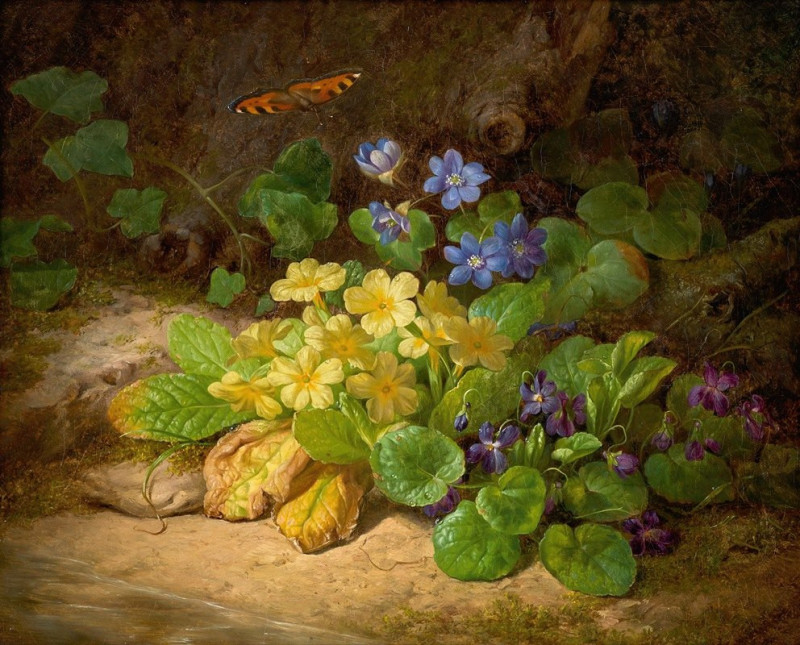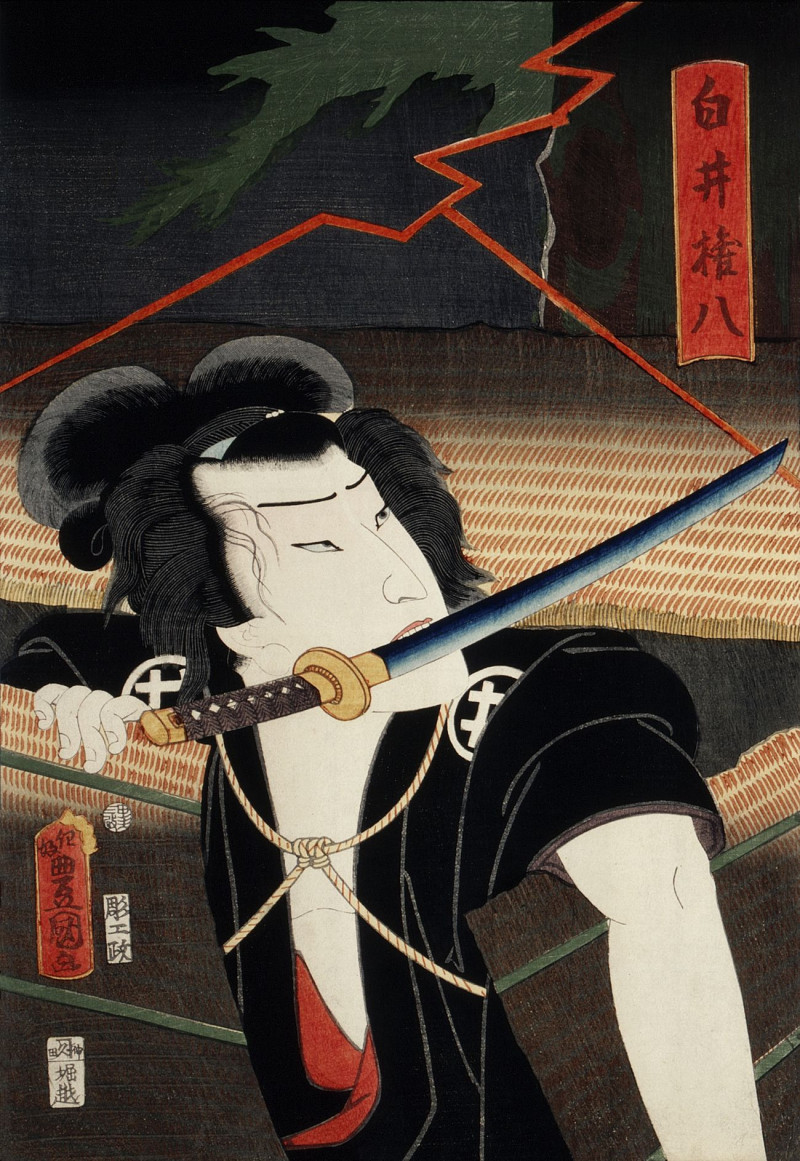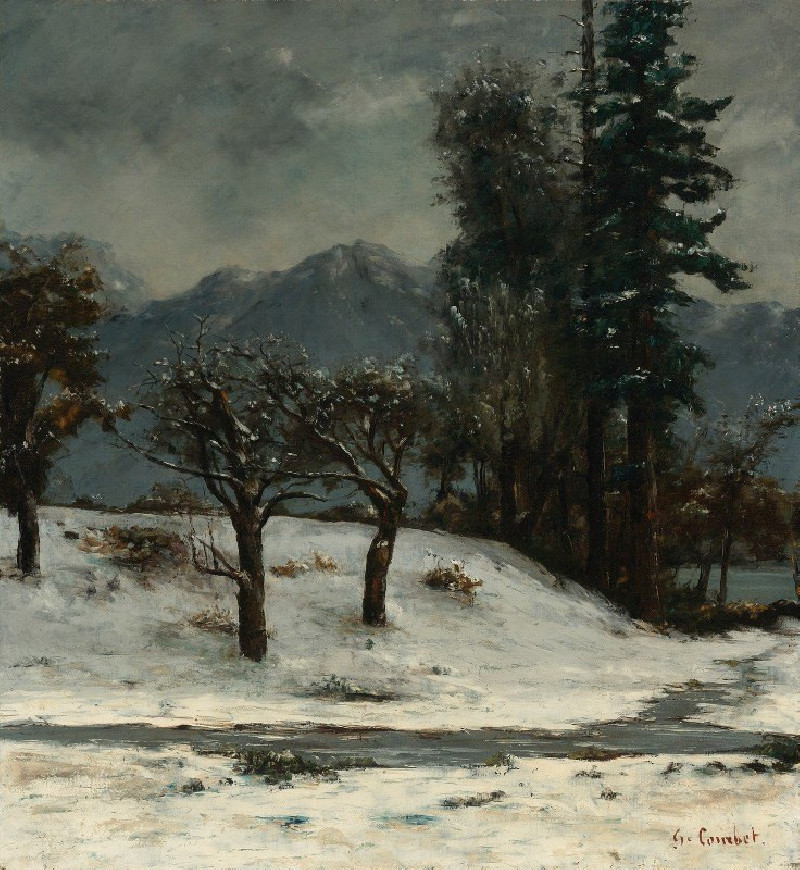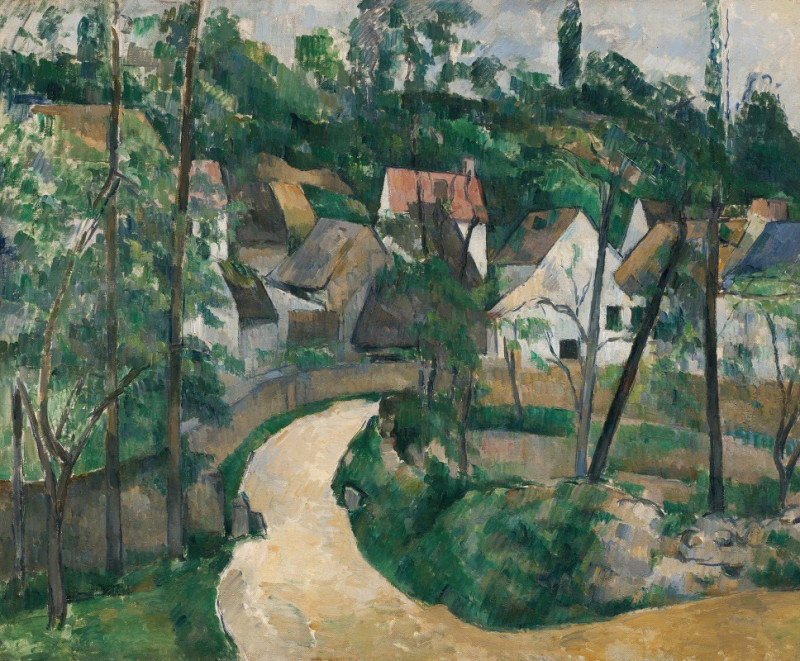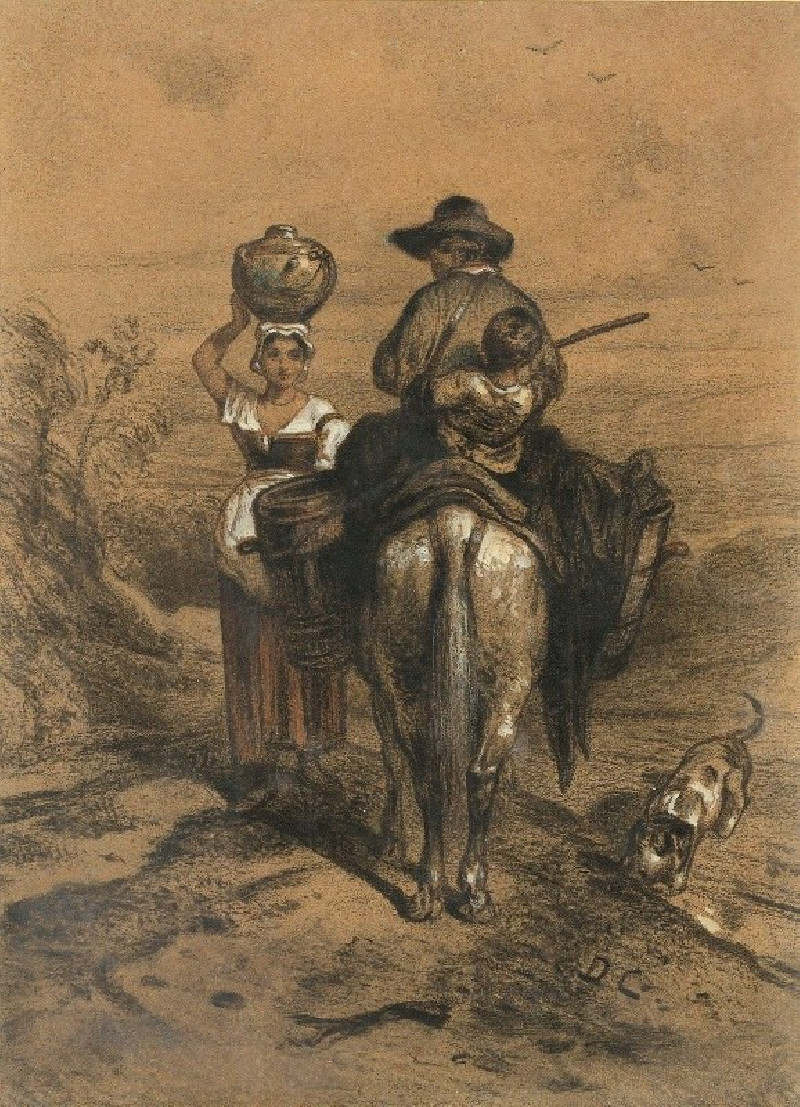Peasant Woman in Folk Costume (1910)
Technique: Giclée quality print
Recommended by our customers
More about this artwork
Elemír Halász-Hradil's "Peasant Woman in Folk Costume” (1910) captures a poignant rendition of rural life in the early 20th century. This evocative painting presents a seated woman clad in a traditional folk costume, an attire that resonates with the cultural heritage of the region she represents. Her attire is intricately detailed, from her red headscarf and blouse adorned with puff sleeves to the dark, pleated skirt trimmed with a vibrant pink swath.The woman’s expression, imbued with a look of both resilience and weariness, portrays a life of rigorous endeavors. She rests her hands gently upon a chair, suggesting a moment of pause in what one can imagine to be her daily toil. The subdued color palette emphasizes the somber mood, while the detailed brushwork highlights Halász-Hradil's skill in capturing the texture of the fabrics and the weathered features of the woman's face.This artwork not only serves as a visual record of traditional dress and the enduring spirit of its wearer but also reflects Halász-Hradil's commitment to portraying the unvarnished truth of peasant life.
Delivery
Returns
Elemír Halász-Hradil (1873 m. - 1948 m.) was a Slovak painter of Hungarian origin.
He lived in Vienna from 1892 to 1894.The following year he moved to Košice. He studied at Simon Hollósy's private school in Munich from 1897 to 1901, he then continued his studies at the Académie Julian in Paris with Professor Jean-Paul Laurens from 1902 to 1903.
With a soft palette and hazy paint handling, Halász-Hradil executed a variety of quiet portraits and scenes of everyday life. Along with selling his paintings, Halász-Hradil made a living as a painting teacher.

